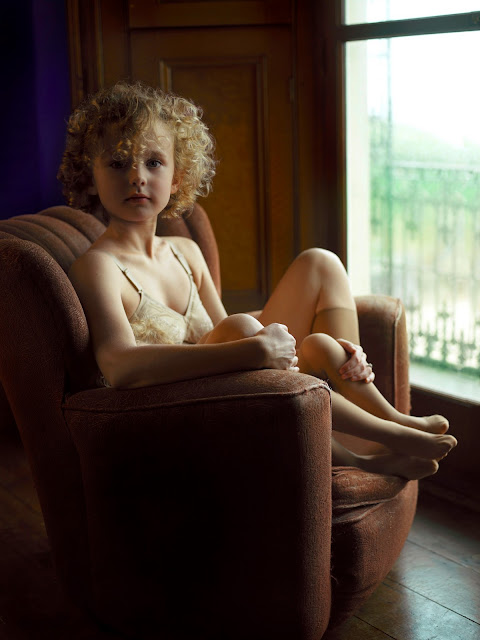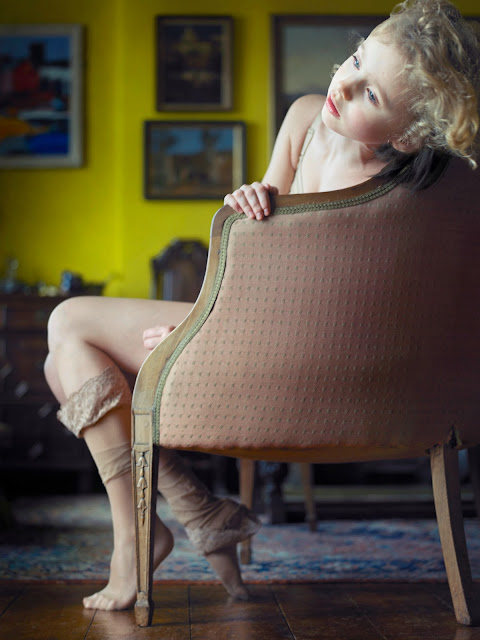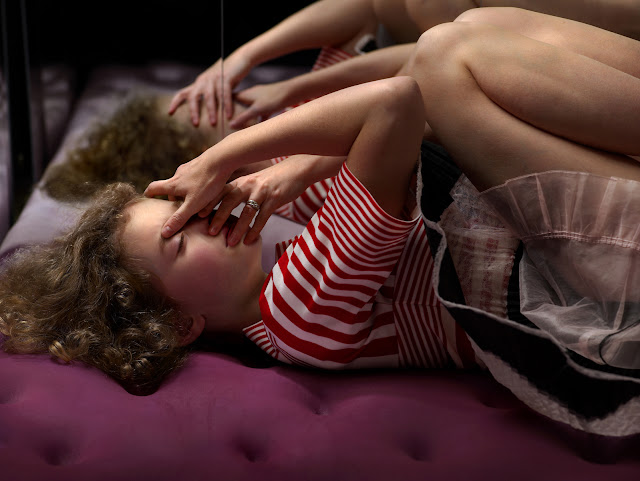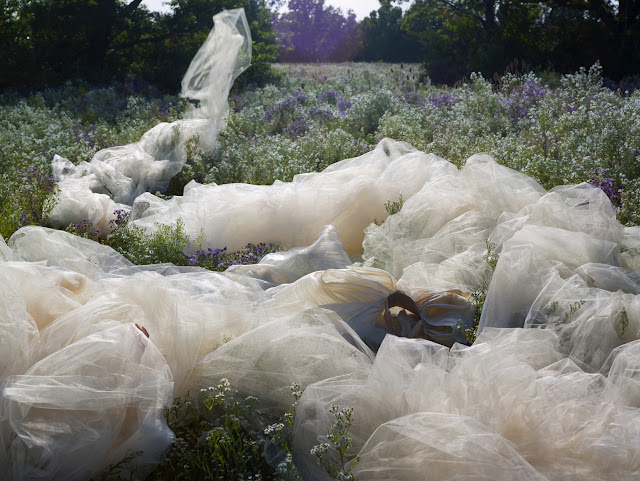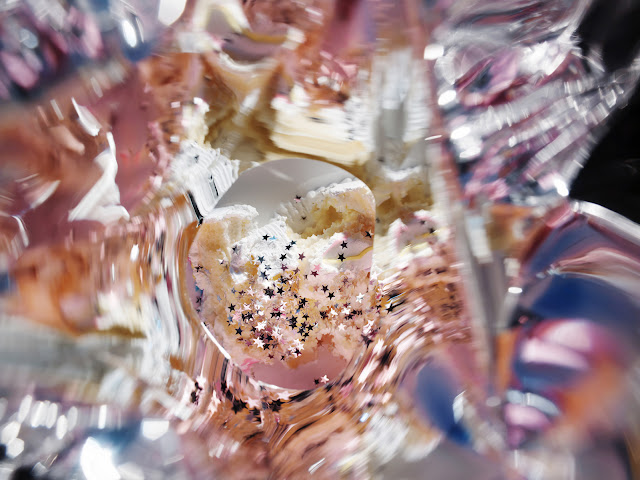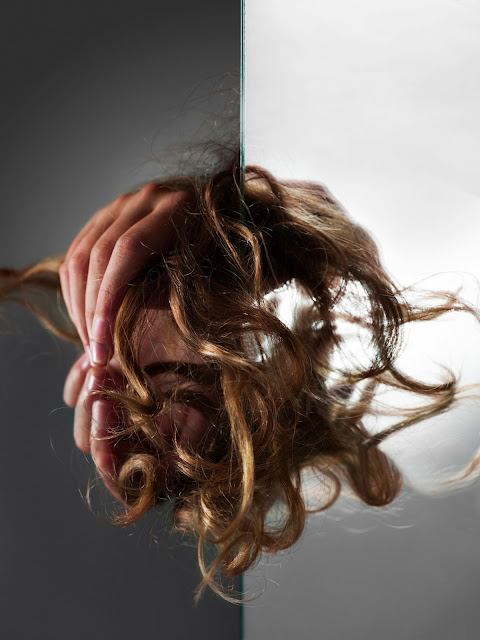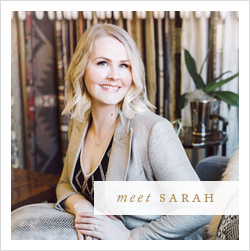The Curated Collection | Edith Maybin
I hope you will indulge me for a moment, but I have to brag. It is the best kind of bragging, I think, for it is about the fabulousness of a good friend and today’s Curated Collection featured artist. Even though her artwork has been collected by the likes of Sir Elton John and shown in the Louvre in Paris, she still likes to have me over for tea. She is one of those rare birds with whom you can laugh until your ribs hurt, talk about what is most on your heart, and then get outrageously girly. And she also happens to be the rather brilliant and internationally renowned fine art photographer Edith Maybin.
I still remember receiving letters from her while she and her ever-so-talented husband were doing their Masters in Fine Art together in Wales. She would send them written into the pages of fab UK decor and interior design magazines – deliciously secret messages awaiting my discovery. The first document in her body of work was created at the end of that two years of secret messages.
For some artists, each body of work they produce is its own entity. With Edith’s work, each body of work builds upon the story that she has been telling in the previous series, a delving deeper into the relationship she has been exploring from the beginning. Her work is quite holistic – like chapters being written into a larger volume – and so I simply must start by sharing a few pieces from her earlier documents before sharing her latest series with you.
THE TENBY DOCUMENT
At first glance, the gorgeous use of natural light, the intrigue of a beautiful woman sitting in a chair, and the interest of the historical house in which these photographs are shot capture your attention. But Maybin is exploring the much deeper theme of the relationship between a mother and daughter, and she does so with stirring, even haunting, success.
Portraits of Maybin’s body {dressed in practical Marks and Spencer’s undergarments} and her then-five-year-old daughter’s head are captured and later digitally reassembled so that the two become one. Their interplay – their storytelling and movement and beauty and stillness – all become woven into one form. The exploration of a daughter’s identity through playing dress up in her mother’s things; the beauty and terror in seeing oneself in your own child; the intertwining of generations; all of these concepts are artfully explored and expressed.
THE CONVERSION DOCUMENT
In this second body of work, Maybin explores the thin veil between consciousness and dreaming. She sets up a “stage” of sorts in her home and – over a week long period – photographs her daughter while she is sleeping. The mother-daughter bond of playing dress-up is once again explored as Maybin then wears outfits which are chosen by her daughter the night before for the self-portraiture portion of each image. The visual merging of her daughter’s head onto her own body completes each image and the deeper statement therein.
THE GARDEN DOCUMENT
I resonate with the honest struggle of individuality and independence that is visually expressed in this third series. With her daughter’s now older face transposed on Maybin’s body, the two are now even more believable as one form, and yet there is a clear sense of willful emersion – perhaps even escape – from the confines of corset and dress.
Within the beauty of The Garden Document, there is also a deeper sense of wrestling with what is yet to come.
THE GIRL DOCUMENT
Finally, we arrive at Maybin’s latest series, in which the closely entwined yet individuating space between girl and woman, mother and daughter are explored. In this beautiful and somewhat jarring series, themes of sexuality, pain, coming of age and independence are revealed, perhaps exposing the dreams and fears of both mother and daughter.
Maybin says, “these photographs continue the journey from the place of departure within the final images of The Garden Document. The external is left behind for an interior realm, the surface penetrated in search of the soul.”
There is a sense that the young daughter we have met in Maybin’s earlier series is disappearing into the uncertain beginnings of adulthood. Maybin’s figure is no longer the canvas upon which her daughter’s head appears. There is a maternal sense of letting go, a surrender to the age and stage of life which is upon them both. Her daughter’s face only appears fleetingly and never in full form. The eddy of change and churn of impending independence is clearly written into the visual storyline, leaving us to remember, anticipate, or wrestle present day with this tension-filled, meaningful and metamorphic transition common to us all.
It is Maybin’s courage in addressing such oft ignored themes – and her stirring success in doing so – that gives me such cause for admiration. In her work, I see myself and my own wrestling with being a mother and also a daughter; with nurturing whilst loosening my embrace to leave room for letting go. In this way I think we can all find something of our own story written into the chapters of Maybin’s visually arresting novel.
xo
s.


